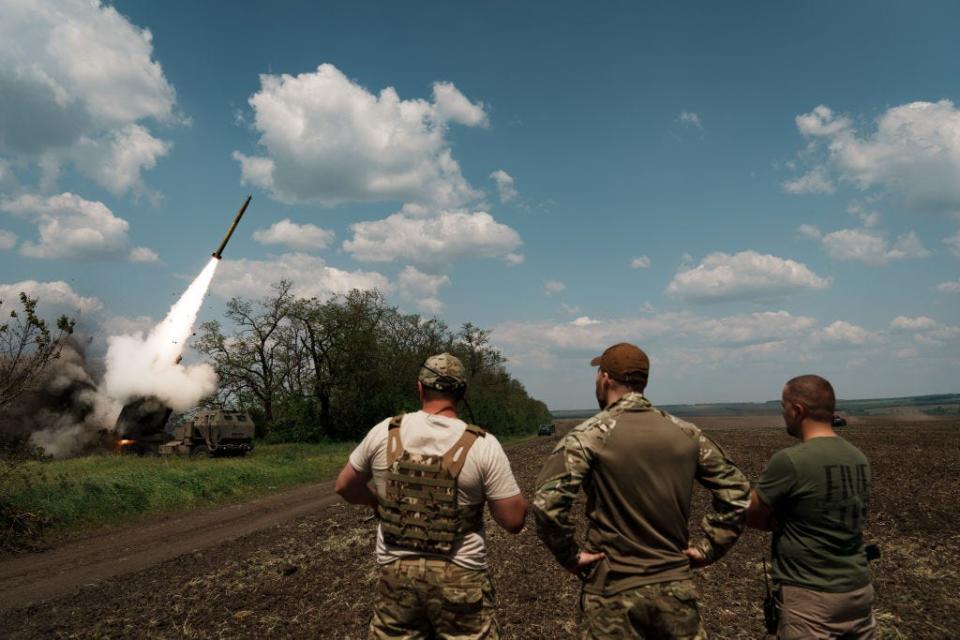The US says it's going to put its new long-range strike missiles, including hypersonic weapons, in Germany

The US has announced plans for the deployment of new long-range weapons to Germany in 2026.
It says the capabilities will include the SM-6, the Tomahawk, and developmental hypersonic weapons.
The war in Ukraine has shown a need for more deep-strike options.
The US just announced plans to place new long-range weapons in its European ally Germany in 2026.
The planned deployment of new weapons systems to Germany follows the collapse of the Intermediate-Range Nuclear Forces Treaty and comes as NATO learns key lessons from the war in Ukraine, one being the value of ground-launched long-range strike options.
The US and Germany released a statement on Wednesday on the coming "episodic deployments of the long-range fires capabilities of its Multi-Domain Task Force in Germany in 2026, as part of planning for enduring stationing of these capabilities in the future."
The allies wrote that "these conventional long-range fires units will include SM-6, Tomahawk, and developmental hypersonic weapons, which have significantly longer range than current land-based fires in Europe."

The US withdrawal from the INF Treaty in 2019, which Washington accused Moscow of violating, allowed it to begin developing and fielding new ground-launched ballistic and cruise missiles with varying ranges from 500 to 5,500 kilometers.
Since then, the US has been fast-tracking the development of systems such as the Typhon, which uses a ground-based launcher to fire the Standard Missile 6 (SM-6) and the Tomahawk, and hypersonic missiles such as the Army's Long-Range Hypersonic Weapon, which is in the works but with some delays and funding issues.
The Typhon system, also known as the Mid-Range Capability, was recently deployed abroad during US military exercises in the Philippines.

The Ukraine war has highlighted the value of being able to effectively conduct long-range, stand-off attacks.
Russia has used its arsenal of long-range ballistic and cruise missiles, often in concert with one-way attack drones, to target Ukrainian cities and critical infrastructure, and for Ukraine, Western-provided Army Tactical Missile Systems and Storm Shadow cruise missiles have given it the ability to hit targets in Russian-occupied areas such as Crimea.
Fabian Hoffmann, a doctoral research fellow with the Oslo Nuclear Project, said in a War on the Rocks commentary last year that "the ability to engage targets at operational and strategic depth critically enables the conduct of offensive and defensive maneuvers and can shape the conditions for victory on the battlefield."
But, he added, "European states have long ignored the shift towards stand-off range and precision strike in modern war."
New efforts are presently underway, though, and as Timothy Wright and Zuzanna Gwadera with the International Institute for Strategic Studies wrote recently, "NATO member states are reversing decades of surface-to-surface missile and rocket-inventory cuts by acquiring new capabilities."
Correction: July 11, 2024 — An earlier version of this story misspelled the surname of the doctoral research fellow with the Oslo Nuclear Project. His name is Fabian Hoffmann, not Fabian Hoffman.
Read the original article on Business Insider


